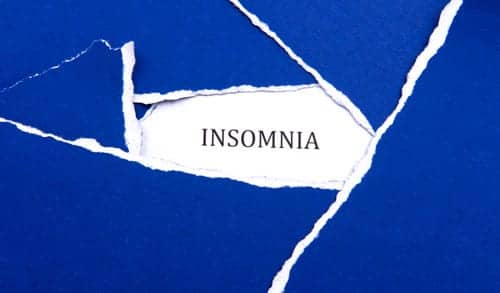A study appearing in the journal Stroke targets insomnia in relation to subsequent stroke. The study’s abstract notes that it was designed investigate the potential association of the conditions during a 4-year follow-up. In the abstract, researchers state they gathered data from the Taiwan National Health Insurance Research Database.
During the study, enrollees with International Classification of Diseases, Ninth Revision, Clinical Modification diagnosis code were compared to randomly selected, age- and sex-matched noninsomnia enrollees with subsequent hospitalization for stroke during the 4-year follow-up. The abstract reports that all enrollees, both insomniacs and noninsomniacs, did not have a previous diagnosis of stroke, sleep apnea, and insomnia. Individuals with insomnia were further categorized into different subgroups based upon their insomnia patterns to explore whether the risk of stroke varies by subtype. The researchers used Kaplan-Meier curves to assess the risk of outcomes, as well as the Poisson regression analysis and Cox proportional hazards models to estimate the impact of insomnia.
The abstract notes that enrollees were comprised of 21,438 insomniacs and 64,314 matched noninsomniacs. The results suggest that when compared with noninsomniacs, insomniacs exhibited a 54% higher risk of developing stroke. Once broken down into insomnia subgroups, the persistent insomniacs reportedly exhibited a higher 3-year cumulative incidence rate of stroke than those in the remission group. The insomniacs-to-noninsomniacs incidence rate ratio for stroke was highest among enrollees aged 18 to 34 years old, according to the abstract.
Researchers conclude that insomnia predisposes individuals to an increased risk of stroke and this link is “profound among young adults.” The researchers also emphasize that the results underscore the clinical importance of identifying and treating insomnia. They also call for the exploration of a novel behavioral intervention targeting insomnia.
Source: Stroke



